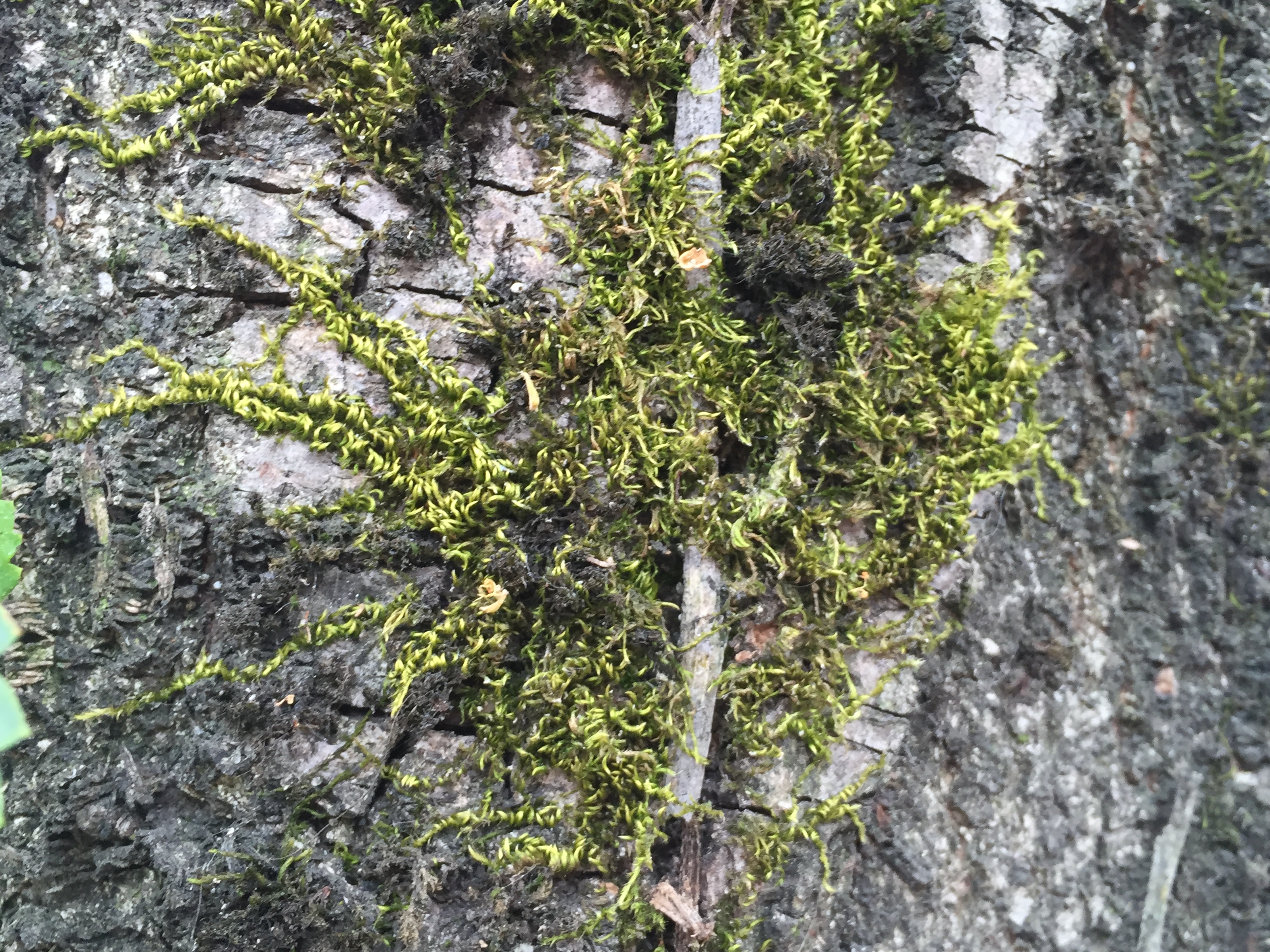PORTLAND, Ore. (AP) – Scientists using moss to study urban air pollution have released raw data measuring concentrations of metals found in tree moss samples collected throughout Portland.
The U.S. Forest Service’s report released Wednesday identified seven out of 346 sites with the highest concentrations of multiple toxic metals in moss samples relative to other samples – that need further study.
OHA hotline for residents concerned about the health effects of metals emissions: 971.673.0185
By email:EHAP.Info@state.or.us
The scientists stress that follow-up air quality monitoring is needed to confirm whether metal concentrations found in moss collected from trees are related to concentrations in the air. But they say the data can serve as a screening tool, and citizens, regulators and other scientists can use the information for further study.
The same moss data lead Oregon regulators to test and confirm high levels of cadmium and arsenic around two glass factories in Portland.

Jon Westdahl, who lives in the area, wondered what’s next.
“How deep are they going to dig what else are they going to find? That’s a decent question to ask, not just that we figured out it was Bullseye Glass, but who really is accountable? What is creating the problem and more importantly what are we doing to stop it?” he said.
The Department of Environmental Quality said Wednesday it would release a statement soon outlining its next steps.
“You’re mostly concerned about children especially when it comes to metals like lead,” Westdahl said.